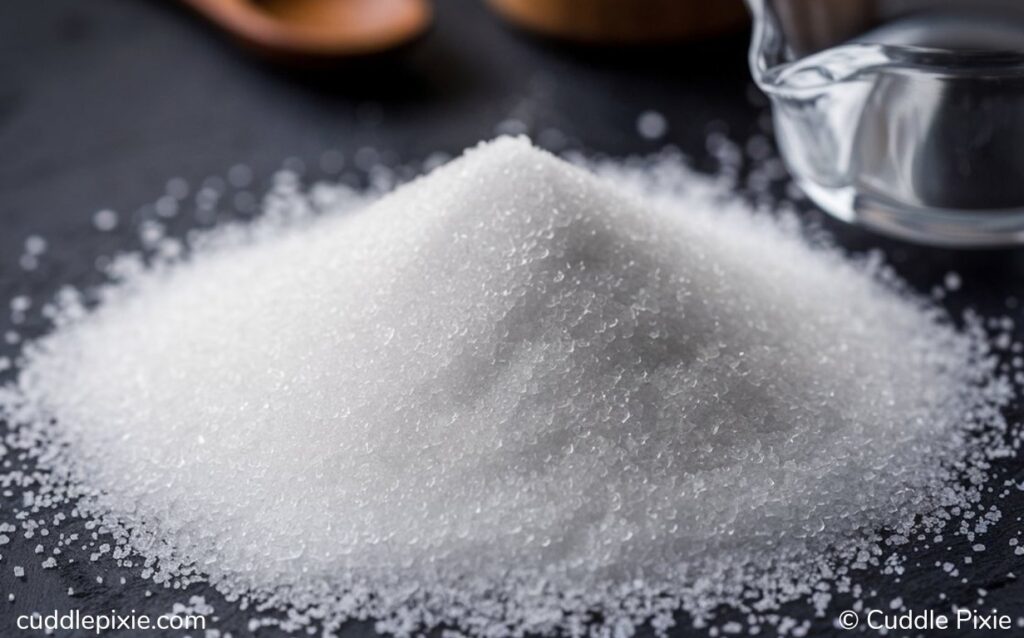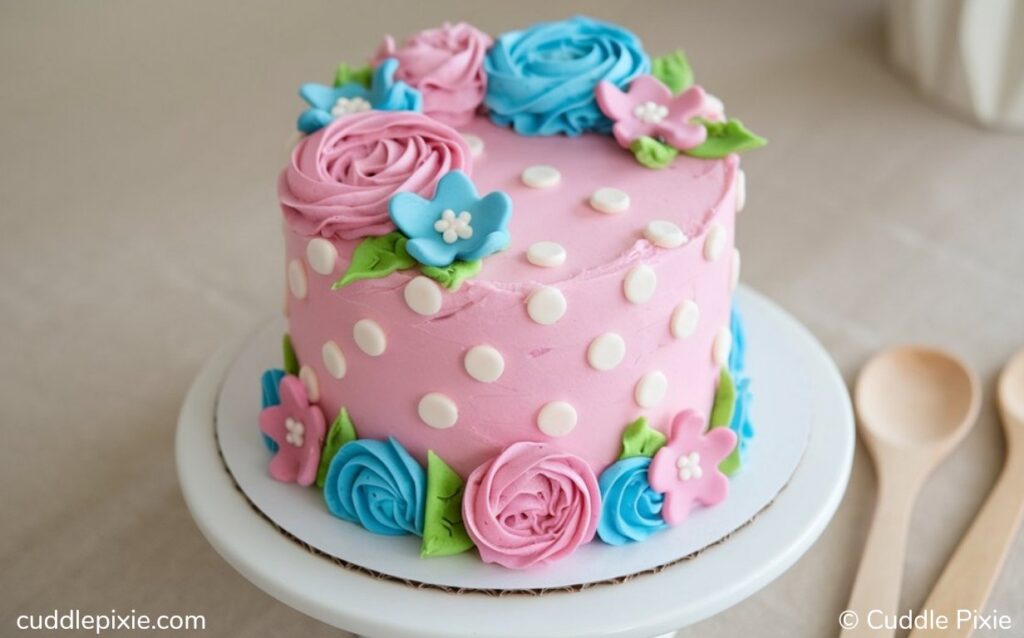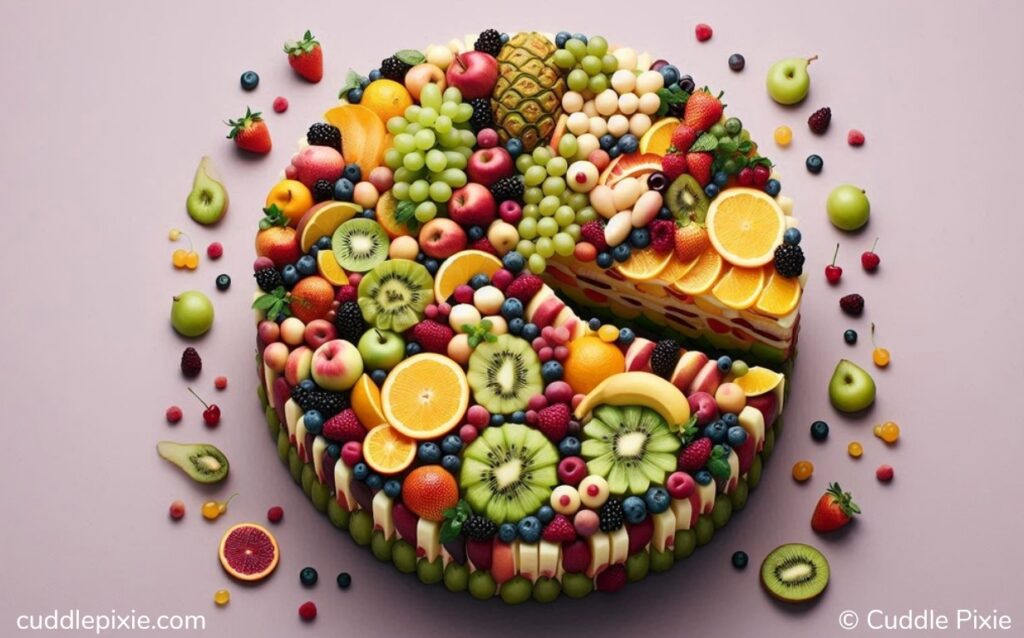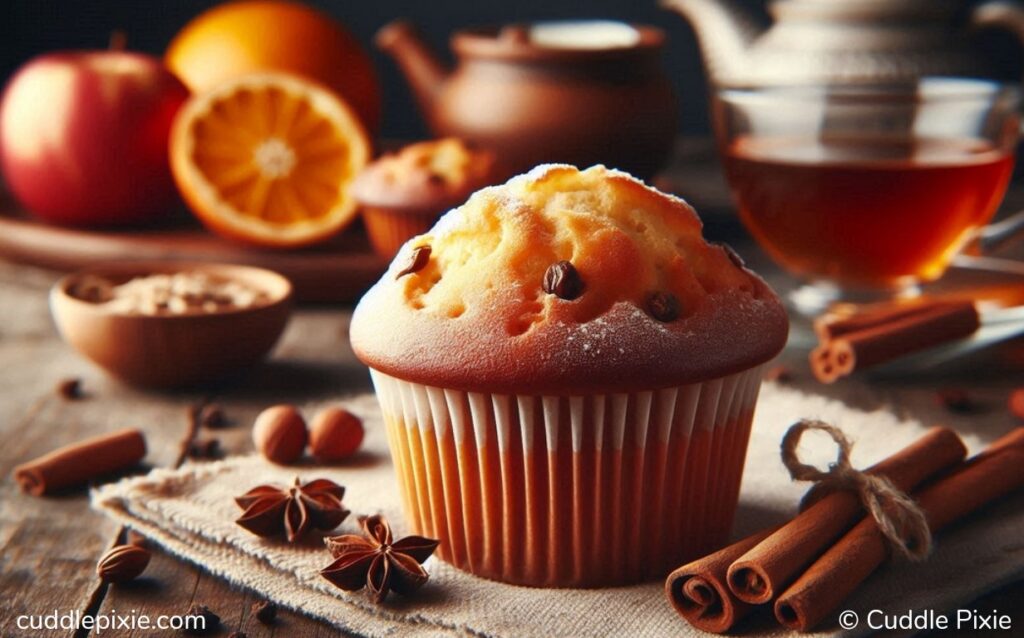There’s no denying the joy that comes with celebrating your child’s birthday. From colorful balloons to heartwarming presents and that all-important birthday cake, these celebrations become cherished memories for the whole family. However, many parents wonder when it’s the right time to introduce their little ones to the tradition of enjoying cake.
This decision isn’t just about the “right age”—it involves considering a variety of factors like health, sugar intake, allergies, and even cultural traditions. In this guide, we’ll cover everything you need to know to ensure your child’s introduction to cake is both delightful and safe.
In This Article
Why Age Matters When Introducing Cakes to Children
Babies go through rapid growth and development in their first year of life, and their dietary needs reflect this. During this time, a baby’s digestive system matures, but it remains sensitive to certain foods. Pediatricians and nutritionists recommend starting with single-ingredient, easy-to-digest foods like pureed vegetables and fruits, and gradually introducing more complex foods.
Dr. Sarah Thompson, a pediatrician specializing in infant nutrition, advises: “The first year is crucial for developing a healthy relationship with food. Introducing sugary foods like cake too early can lead to a preference for sweet flavors and make it harder to encourage healthier options later on.”
The Role of Sugar in a Baby’s Diet

Sugar is one of the most debated ingredients when it comes to children’s diets. According to the American Academy of Pediatrics (AAP), infants under one year should avoid added sugars entirely. This is because sugar offers no nutritional benefits and can lead to several health issues:
- Blood Sugar Spikes: High-sugar foods cause rapid spikes and drops in blood sugar, which can lead to irritability and mood swings.
- Increased Risk of Tooth Decay: Even before the first teeth emerge, sugar can promote the growth of harmful bacteria in a baby’s mouth.
- Impact on Long-term Health: Research shows that early exposure to sugar can increase the risk of childhood obesity, type 2 diabetes, and metabolic disorders later in life.
The World Health Organization (WHO) and the American Heart Association (AHA) also recommend that children under the age of 2 should not consume added sugars.
Considering Food Allergies
Many common cake ingredients—like eggs, dairy, and wheat—are potential allergens. Babies can have allergic reactions that range from mild (like skin rashes or stomach upset) to severe (such as difficulty breathing or anaphylaxis).
Dr. Mona Amin, a pediatric allergist, explains: “Introducing allergenic foods should be done carefully, ideally under the guidance of your pediatrician, especially if there is a family history of allergies.”
Cultural Perspectives on Introducing Cake to Babies
In many cultures, a child’s first birthday is celebrated with much fanfare, often including a cake. However, cultural traditions dictate different approaches to introducing sweets to young children.

- Korean Culture: The “Doljanchi” marks a baby’s first birthday, where the child is presented with a table filled with different foods, including a cake made of rice or other traditional ingredients, symbolizing prosperity and health.
- Mexican Culture: In Mexican traditions, the “Mordida” is the moment when the child takes their first bite of cake, often with the family’s playful encouragement.
- Japanese Culture: In Japan, traditional sweets like “mochi” rice cakes are often introduced on significant milestones, but these are usually less sweet and more focused on texture rather than sugar content.
“Different cultures celebrate the introduction of foods in various ways, but the core sentiment remains the same: it’s about celebrating a child’s growth and the joy they bring,” notes Dr. Anita Patel, a child psychologist.
Modern Practices and Traditions
In Western countries, it’s common to celebrate a baby’s first birthday with a “smash cake”—a small cake meant for the child to dig into with their hands, capturing cute and memorable photos. However, the actual consumption of the cake is often minimal, and parents might opt for healthier alternatives like fruit-based cakes or cakes made with minimal sugar.
In contrast, more traditional families might choose to delay the introduction of sweets, waiting until the child is older and can better appreciate the treat.

Official Recommendations from Health Organizations
When it comes to introducing sugary foods, health organizations worldwide have set specific guidelines:
- The World Health Organization (WHO) suggests that no added sugars should be given to children under 2 years old. For children over 2, the WHO recommends keeping sugar intake below 10% of their total daily calories.
- The American Academy of Pediatrics (AAP) echoes these guidelines, emphasizing that children under 12 months should avoid added sugars, including those in cakes and other desserts.
- The National Health Service (NHS) in the UK also advises against giving sugar to children under the age of 1 to prevent tooth decay and promote healthy eating habits.
Dr. Jane Williams, a pediatric nutritionist, points out, “Parents should be cautious when it comes to introducing sugar. Opt for natural sugars from fruits initially and always introduce new foods slowly, monitoring for any adverse reactions.”
Understanding the Impact of Sugar
Understanding the impact of sugar on young children is crucial for making informed decisions:

- Dental Health: Sugary foods increase the risk of cavities and gum disease. It’s important to practice good oral hygiene from an early age, especially after consuming sugary treats.
- Behavioral Impact: Several studies suggest a link between high sugar intake and hyperactivity in young children, although more research is needed to confirm this. Regardless, it is widely acknowledged that maintaining a balanced diet can support more stable energy levels.
- Nutritional Impact: High sugar foods often replace more nutritious options, potentially leading to deficiencies in essential vitamins and minerals.
Safety Tips: Ingredients to Watch For
When deciding to give your child cake, be mindful of the ingredients. Many cakes contain refined sugars, artificial flavors, and preservatives that are not suitable for young children. Consider these safer alternatives:
- Natural Sweeteners: Use applesauce, mashed bananas, or dates instead of refined sugar. These not only add sweetness but also provide additional nutrients like fiber and vitamins.
- Whole Grains: Opt for whole wheat flour, almond flour, or oat flour to make the cake healthier. These alternatives are richer in nutrients and have a lower glycemic index than white flour.
- Healthy Fats: Use healthier fats like avocado oil or olive oil instead of butter, reducing saturated fat intake.
Alternatives to Traditional Cakes
If you’re concerned about the sugar content and potential allergens in traditional birthday cakes, consider these healthier alternatives:

Fruit-Based Cakes
Fruit-based cakes are an excellent option for younger children, especially those under two. These cakes use fruit purees like banana, apple, or dates as natural sweeteners.
Recipe Idea: Banana Oat Smash Cake
- Ingredients: Rolled oats, ripe bananas, unsweetened applesauce, and a dash of cinnamon.
- Instructions: Blend all ingredients into a smooth batter, pour into a small cake tin, and bake at 350°F (175°C) for 20-25 minutes. Frost with Greek yogurt mixed with a hint of vanilla extract.
Oatmeal Cakes
Oatmeal cakes provide a wholesome alternative, using oats and a small amount of honey or maple syrup (for children over one year old). These cakes are nutritious, high in fiber, and lower in sugar than traditional cakes.
Recipe Idea: Apple Cinnamon Oat Cake
- Ingredients: Rolled oats, applesauce, eggs (or flaxseed for an egg-free version), cinnamon, and a touch of maple syrup.
- Instructions: Combine all ingredients, pour into a pan, and bake at 350°F (175°C) for 30 minutes. Serve with fresh fruit slices.
Allergen-Friendly Cakes
If your child has food allergies, you can still create a delicious birthday cake using allergen-free ingredients. For example, replace wheat flour with gluten-free alternatives like almond flour or coconut flour. Instead of eggs, use chia seeds or flaxseeds soaked in water.
Recipe Idea: Gluten-Free Almond Cake
- Ingredients: Almond flour, chia seeds (soaked), unsweetened applesauce, and a small amount of honey.
- Instructions: Mix ingredients well, pour into a greased pan, and bake at 350°F (175°C) for 25-30 minutes.
Creative Non-Cake Alternatives for Celebrating Birthdays
If you prefer to skip traditional cake altogether, here are some creative alternatives that are equally festive:
Fruit Platters
Arrange a colorful assortment of fruits in the shape of a cake or a favorite character. Use watermelon, berries, grapes, and kiwi slices to create a vibrant and healthy alternative. Add a dollop of yogurt for a fun and tasty topping.
Yogurt Parfaits
Layer plain Greek yogurt with fresh berries, granola, and a drizzle of honey (for children over one year old). This treat is rich in protein and probiotics, supporting digestive health while offering a delicious flavor.
Muffins
Bake muffins using whole grains and natural sweeteners. You can add grated carrots, zucchini, or apples to increase the nutritional value. Top with a light cream cheese frosting sweetened with a small amount of honey or maple syrup.

Cake Ideas for Different Age Groups
First Birthday Cakes: Simple and Safe Options
For a baby’s first birthday, simplicity is key. A “smash cake” should be small, soft, and free from any hard decorations or allergens.
Recipe Idea: Blueberry Yogurt Cake
- Ingredients: Whole wheat flour, Greek yogurt, blueberries, and mashed bananas.
- Instructions: Mix ingredients into a batter, pour into a small cake tin, and bake until cooked through. Top with a thin layer of whipped cream or plain yogurt.
Second Birthday Cakes: Introducing New Flavors
By the second birthday, many toddlers are ready to explore more flavors and textures. You can experiment with mild spices like cinnamon or nutmeg and include more fruits like mango or apple in the cake.
Recipe Idea: Apple Spice Cake
- Ingredients: Whole wheat flour, unsweetened applesauce, eggs, and a dash of cinnamon.
- Instructions: Mix ingredients into a batter, pour into a small cake tin, and bake until cooked through. Frost with a thin layer of cream cheese mixed with a little maple syrup.
Third Birthday Cakes: Fun Shapes and Colors
At this age, children are more aware of their preferences. Make the cake visually appealing by using natural food coloring derived from beets, spinach, or blueberries. Shaped cakes, such as animal faces or favorite cartoon characters, can make the celebration more special.
Recipe Idea: Carrot Cake with Orange Cream Cheese Frosting
- Ingredients: Whole wheat flour, grated carrots, orange zest, and a touch of honey.
- Instructions: Mix ingredients, pour into a mold of your choice, and bake. Frost with cream cheese blended with fresh orange juice.
Navigating Health and Safety While Celebrating Birthday
Balancing the joy of celebration with health-conscious choices can feel overwhelming, but it doesn’t have to be. Here are some tips for ensuring that your child’s introduction to birthday cake is both safe and fun:
- Practice Moderation: Serve small portions and balance with other healthy foods. Limit the frequency of cake consumption, saving it for special occasions.
- Choose Wisely: Opt for cakes with natural ingredients, minimal sugar, and no artificial additives.
- Timing Matters: Save the cake for the end of the meal to minimize the impact on blood sugar levels.
- Encourage Healthy Habits: Make sure your child brushes their teeth after enjoying sugary treats, and discuss the importance of balanced eating from a young age.
Final Words
Introducing your child to birthday cake is a special moment that you’ll cherish for years to come. By considering their age, health, and unique needs, you can ensure that their first taste of cake is both joyful and safe. Remember, the key to a happy and healthy celebration is balance celebrate those special moments, but always keep your child’s well-being in mind.
We’d love to hear from you! Share your experiences, favorite cake recipes, or tips in the comments below.
